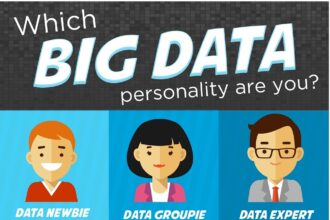The first million people who bought VCRs bought them before there were any movies available to watch on them. They just wanted to “time shift” TV shows – what we use DVRs for today. Once there were millions of VCR owners it became worthwhile for Hollywood to start selling and renting movies to watch on them. Eventually watching rented movies became the dominant use of VCRs, and time shifting a relatively niche use. Thus, a product that eventually had very strong network effects* got its initial traction from a “standalone use” – where no other VCR owners or complementary products needed to exist.
I was talking to my friend Zach Klein recently who referred to products as having single player and multiplayer modes. I like Zach’s terminology because: 1) it is borrowed from video games where a lot of thought has gone into making these modes compelling in distinct ways, 2) the word “mode” reminds us that people can switch from moment to moment – that even when a product is primarily social or networked and has reached critical mass it might still be useful to offer a single player mode.
Many products that we think of as strictly multiplayer also have single player modes…
The first million people who bought VCRs bought them before there were any movies available to watch on them. They just wanted to “time shift” TV shows – what we use DVRs for today. Once there were millions of VCR owners it became worthwhile for Hollywood to start selling and renting movies to watch on them. Eventually watching rented movies became the dominant use of VCRs, and time shifting a relatively niche use. Thus, a product that eventually had very strong network effects* got its initial traction from a “standalone use” – where no other VCR owners or complementary products needed to exist.
I was talking to my friend Zach Klein recently who referred to products as having single player and multiplayer modes. I like Zach’s terminology because: 1) it is borrowed from video games where a lot of thought has gone into making these modes compelling in distinct ways, 2) the word “mode” reminds us that people can switch from moment to moment – that even when a product is primarily social or networked and has reached critical mass it might still be useful to offer a single player mode.
Many products that we think of as strictly multiplayer also have single player modes. In many cases this single player mode helped adoption in the early stages when the network effects were not yet strong. For example, you could use Flickr just to store photos privately if you wanted to. I thought of Foursquare as strictly multiplayer until my Hunch cofounder Tom Pinckney told me he uses it solely to keep track of restaurants he’s gone to so he’ll remember which ones to go back to. For some products it’s really hard to imagine single player modes. This is true of pure communication products like Skype and perhaps also social networks like Facebook (although apps like games seem to have provided single player modes for Facebook).
–
* Products with so-called networks effects get more valuable when more people use them. Famous examples are telephones and social networks. Network effects can be your friend or your enemy depending on whether your product has reached critical mass. Getting to critical mass in network effect markets is sometimes called overcoming the “chicken and egg problem.” More here.







